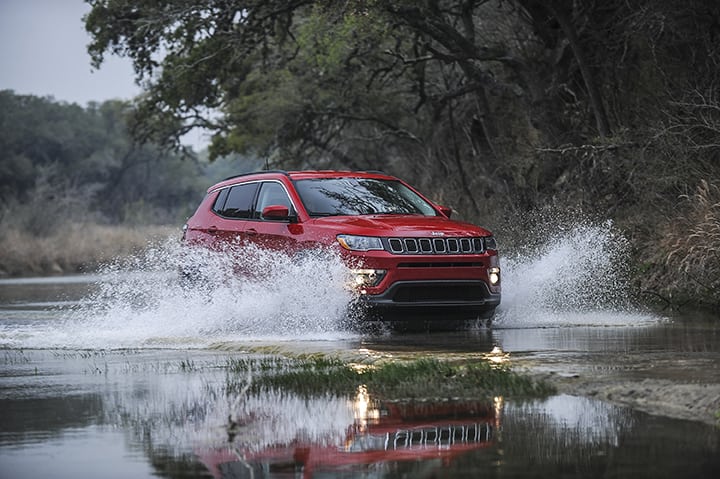I answer a lot of questions on Quora. Many of those questions are about automotive things that may be of interest to CarNewsCafe readers. Like this one.
Can you convert a RWD or FWD vehicle in AWD?
My answer: Most four-wheel drive or all-wheel drive vehicles made today are capable of disconnecting one of their axles to revert to two-wheel drive operation for efficiency. There are differing methods of making that happen, but the result is basically the same. Some vehicles are full-time 4WD, so they cannot be changed. Here are examples of both:
Subaru Impreza – full-time AWD with the ability to shift torque (power) front to rear automatically as the system reacts to what’s happening. Default is 50:50 front to rear for normal driving situations. So the Impreza (and all Subaru models based on it) is full-time 4WD.
Jeep Wrangler – part-time 4WD with the transfer case allowing the rear axle to be engaged by itself or in tandem with the front axle for RWD or 4WD operation. The transfer case is controlled manually with a physical lever near the gearshift.
 Dodge Challenger GT – normally runs in full-time AWD with most of the power being biased towards the rear axle. Using the traction control button, the driver can force rear-wheel drive for sportier driving. The front axle is disconnected through a magnetic coupling in the differential.
Dodge Challenger GT – normally runs in full-time AWD with most of the power being biased towards the rear axle. Using the traction control button, the driver can force rear-wheel drive for sportier driving. The front axle is disconnected through a magnetic coupling in the differential.
Ford Flex AWD – normally runs in front-wheel drive (FWD) with the rear axle being engaged with varied amounts of power, depending on need, automatically when the AWD system engages. This is electronically-controlled and is the system used in most crossover-SUVs produced by Ford.
Toyota RAV4 Hybrid – Runs in rear-wheel, front-wheel, or all-wheel drive, depending on driving situation and power output capability. The front axle is powered by the engine while the rear axle is powered by the electric motor. In low-speed or EV-only the RAV4 Hybrid will be rear-wheel drive. At higher speeds, the RAV4 runs in FWD via the engine. In stop-and-go traffic or low-traction situations, either or both the front and rear axles can engage as needed. All of this is electronically-controlled, of course, and operates without need of driver input.
These five examples give the most common ways most 4WD systems work in today’s vehicles.






